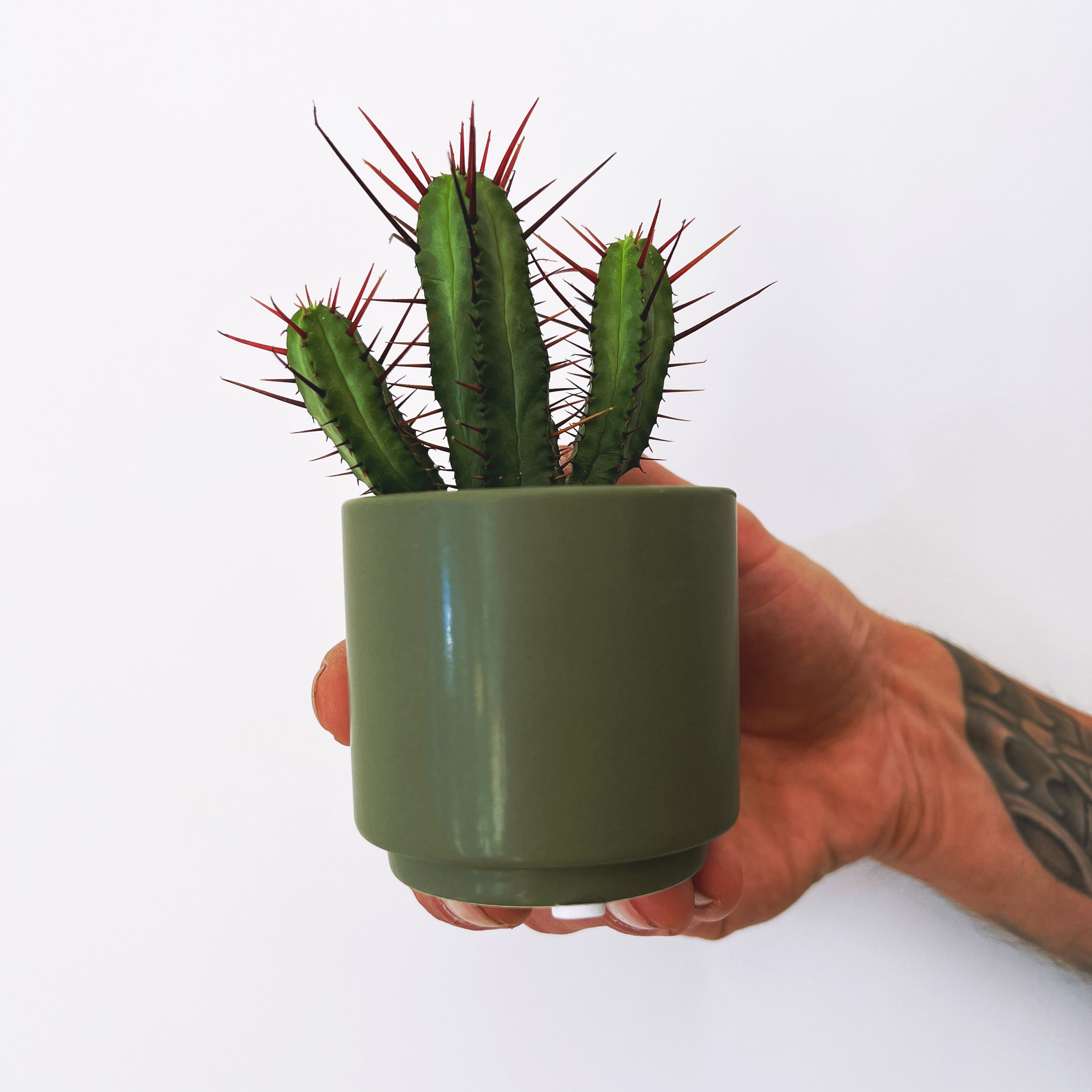Shhhhhhh......I am sleeping. An Introduction to Plant Dormancy
We all need a little break now and then, and your cacti and houseplants are no different. After a summer of pushing out new growth and adorning themselves with pretty flowers, most like to be left alone to go dormant in the autumn and winter in order to recharge their batteries and be ready to grow and flower again in the spring.
As a rule of thumb cacti like to go dormant between October and March in the UK, during this period you will need to cut right back and watering and don’t feed them at all!
What is Plant Dormancy?
Plant dormancy is a phase of the plant’s growing season where it slows down and rests. Dormancy protects the plant against harsh conditions such as freezing winter temperatures and extreme stresses such as drought. Dormancy is triggered by shorter days and therefore less daylight, or by cooler temperatures, or both, depending on the plant.
Almost all plants will go dormant for the winter, no matter if they are indoor tropical plants or outdoor plants. The exception is annuals, which die off every year and don’t regrow in the spring.
A good example if this is when a deciduous tree sheds its leaves in the autumn leaving just tough bark to survive the winter. Everything comes to a halt, the tree stops growing until the spring when they will sprout new leaves and start to reproduce.
House plants including cacti and succulents also go dormant, even though the temperatures in your house may be stable, house plants are affected by shortened days and less light meaning they don’t have enough sunlight for photosynthesis to convert sunlight into energy for the plant to grow and reproduce. Instead, they slow down and the plant stops growing.
How to trigger dormancy in your cacti:
It is important to keep your cacti in a bright, cool and dry spot during dormancy around 8-12 °C, if you keep them in a well-heated room you may trigger growth but it will be uneven and minimal, and you will disturb flower bud formation and cause nutrient depletion.
The low temperatures will decrease water evaporation so you will only have to water the cacti once or twice over the resting season, BUT make sure you don't use cold water, around 30°C will do nicely, cold water is bad for the roots and they will not absorb cold water.
Make sure they get as much winter sun as possible, and make sure your windows are clean, you will be surprised how much light a dirty window blocks out!
Do not repot during dormancy, the best time to repot is at the end of the dormant season when the plant begins to actively grow.
How do i know my plant is in Dormancy?
You won't really be able to tell if your cactus is dormant, however no growth = dormancy!
Houseplants may simply seem to stop growing, almost as if someone has hit the pause button. Their leaves may turn yellow, they may droop a bit, or they may completely lose their leaves altogether, they will also stop blooming They will take in alot less water, and you will notice that the soil stays damp for ages!
Dormancy gives the plant a break and allows it to rest and recharge for a new season of growth.





